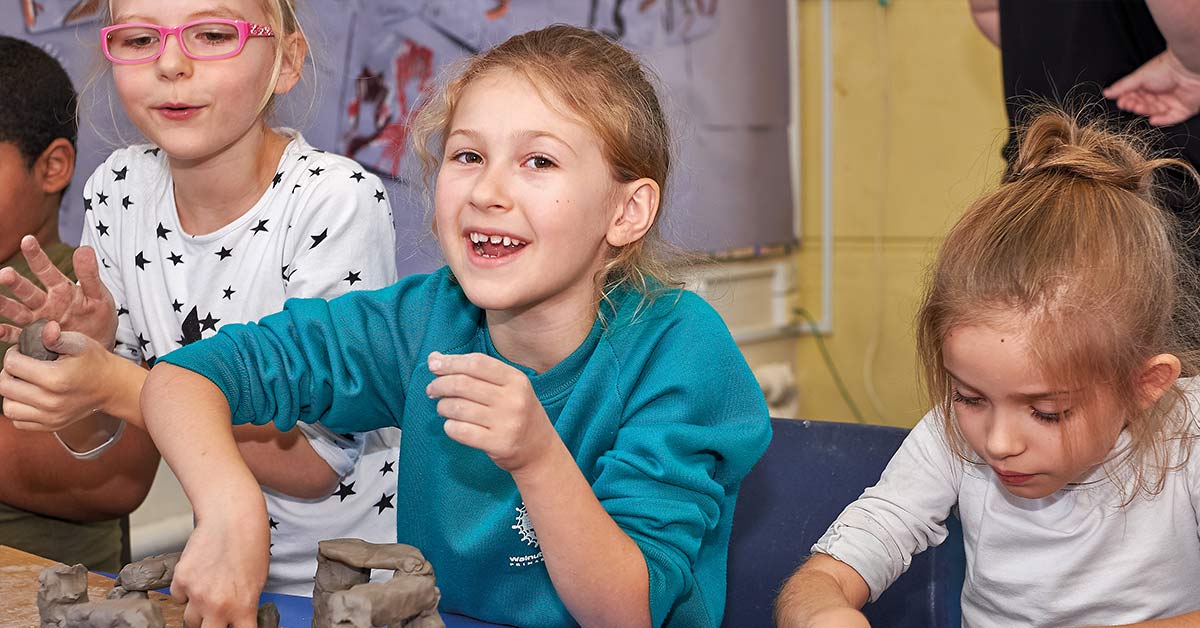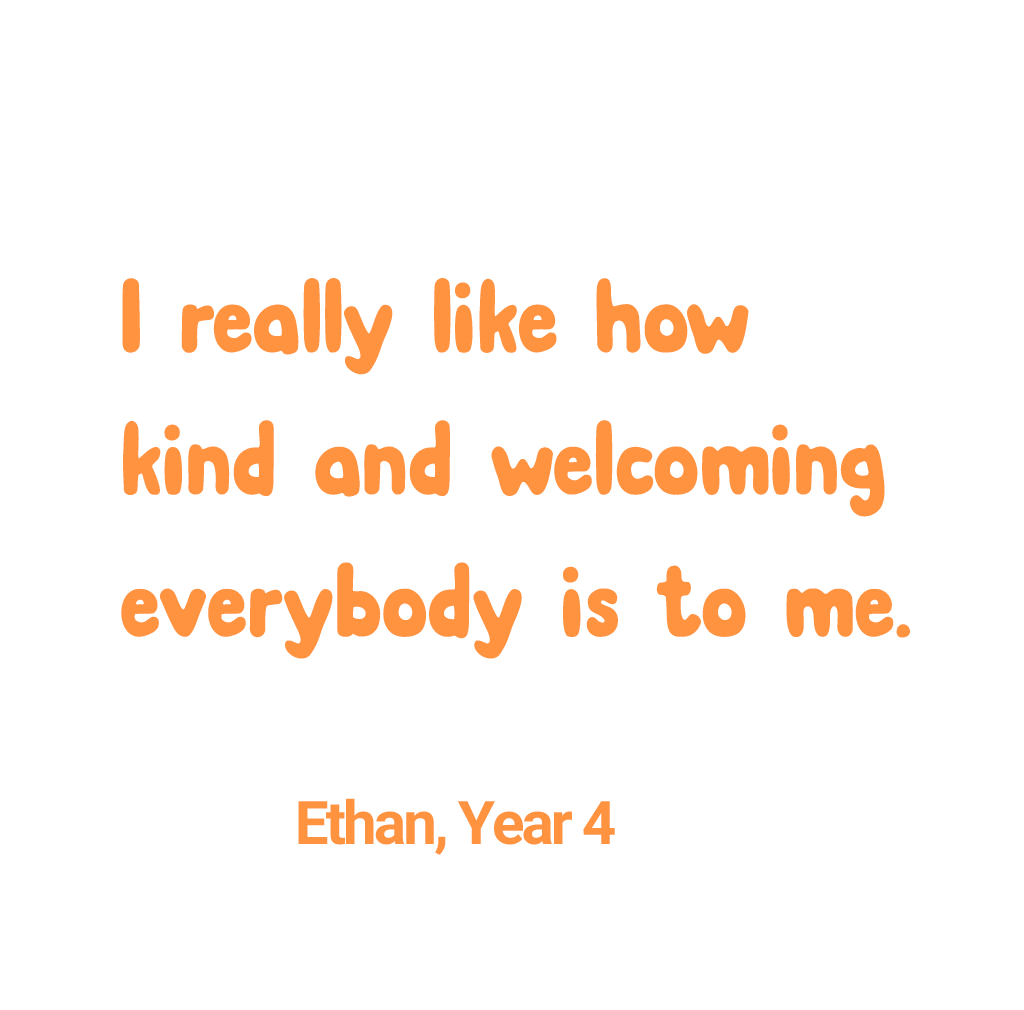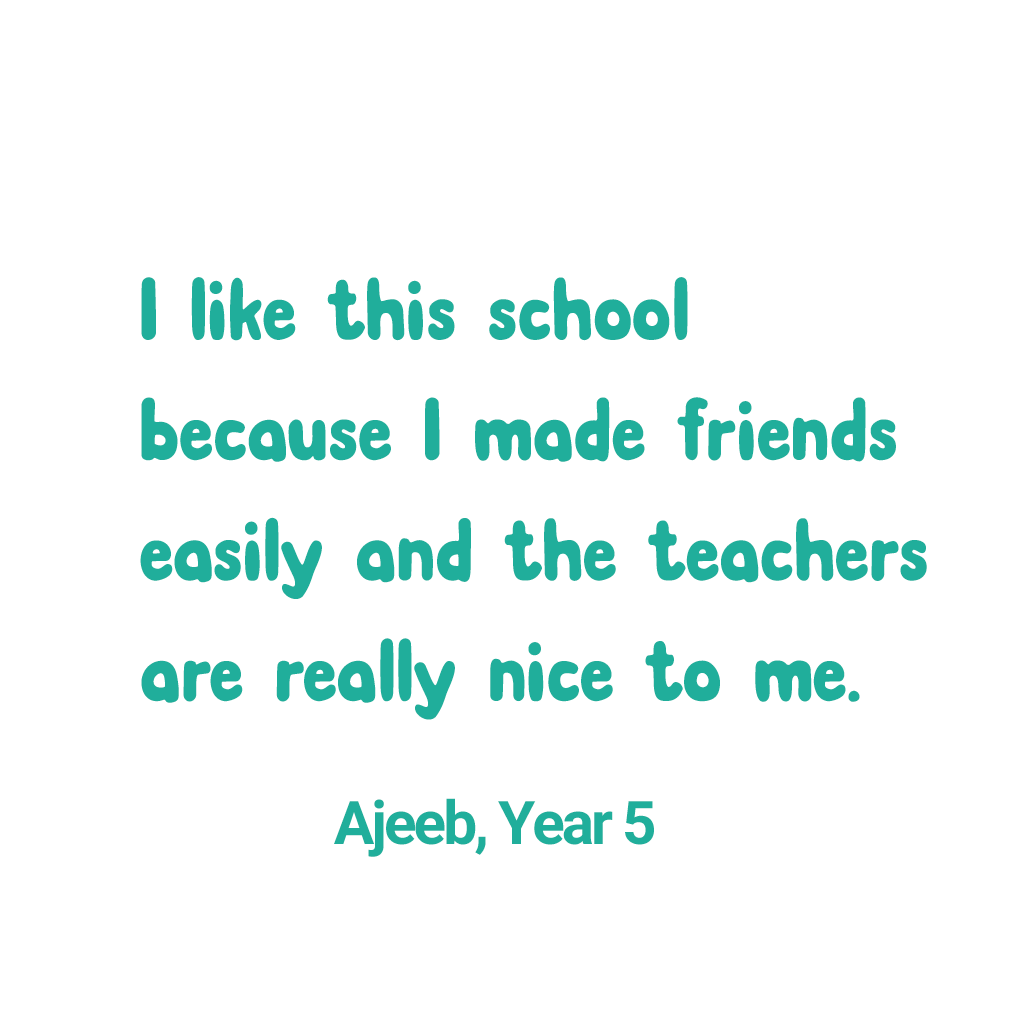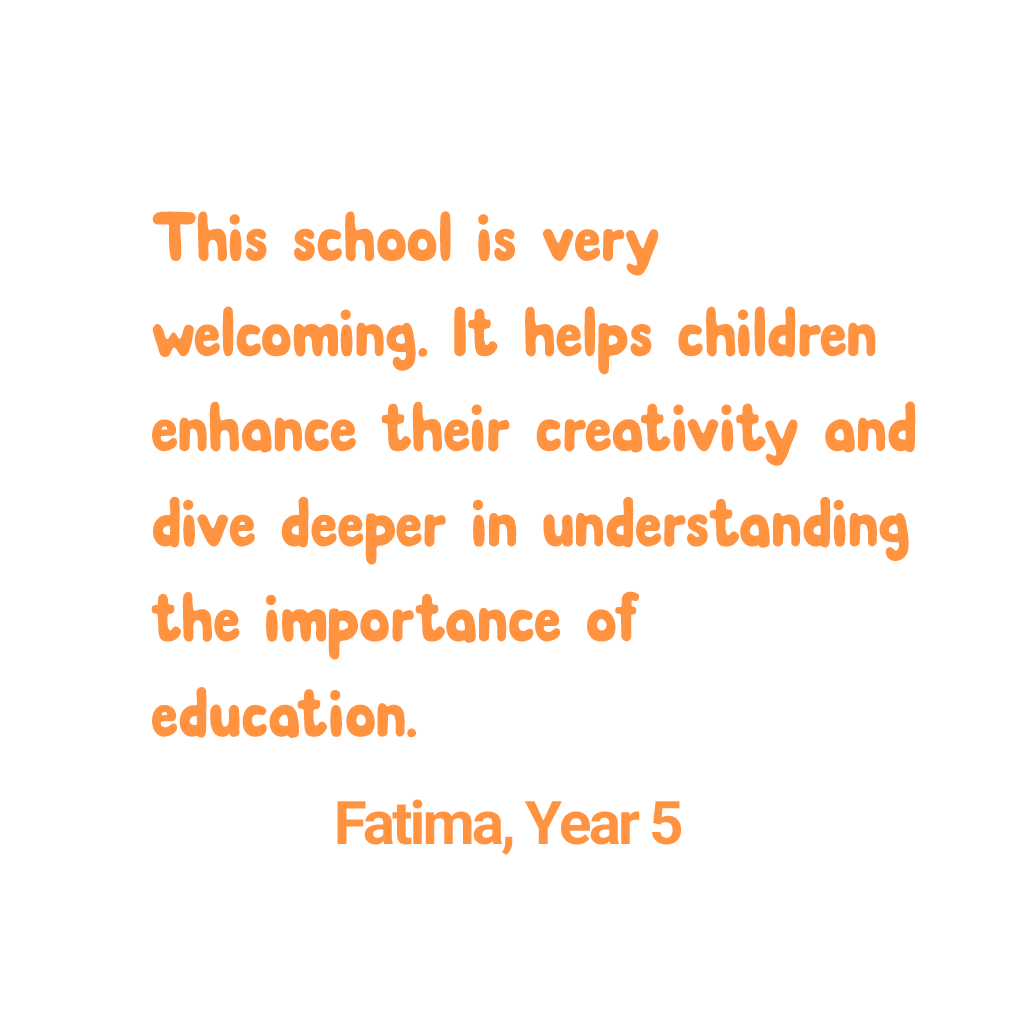
English
In English in the Autumn Term the children study ‘The Lion, the Witch and the Wardrobe’ by CS Lewis and use this as a stimulus for writing. In response to this they write diary entries, instructions, vivid descriptions and stories which include writing dialogue.
They also study a range of Greek and Norse Myths and then use what they have learned to write their own myths, focusing on effective characterisation and use of description. In their non-fiction work, the children write a range of information texts such as leaflets, newspaper articles, and non-chronological reports.

Also, the children study some performance poetry this term, writing and performing their own.
In the Spring Term the children look at the text ‘The Journey to the river sea’ by Eva Ibbotson, as well as a range of stories from South America. The aim of the writing linked to these texts is to develop their use of descriptive vocabulary in story writing as well as to write recounts and play scripts.
The children write some non-chronological reports linked to their topic on the continent of South Africa and the rainforests. The poetry work this term focuses on riddles, kennings, limericks and haiku poems.
In the Summer Term, the children study the text ‘Alice in wonderland’ by Lewis Caroll where they learn about the genre of imaginary worlds and then write their own vivid stories in this style using ambitious vocabulary choices. They further use this text to modify their dialogue and descriptive writing by using the power of imagery. To support their non-fiction writing, children will study the texts ‘Fly Eagle Fly’ and ‘Brother Eagle sister sky’.
They will use these texts to write persuasive letters and arguments to support looking after our planet, as well as writing non chronological reports. In their poetry work they look at the power of imagery, using a range of poetic devices including similes, metaphors and personification.
For the Grammar, Punctuation and Spelling content covered in Year 4, please click on the English link for more details.
Maths
The year begins by looking at place value, building on the work from Year 3. This includes work on rounding, ordering and comparing numbers to 10,000, as well as work on negative numbers and Roman numerals. They then move on to addition and subtraction, using the column method to solve problems.
The number work continues into a unit on multiplication and division which focuses on 6, 7 and 9 times table multiplication and division facts, as well as learning how to multiply and divide by 10 and 100. The work on measurement centres around calculating the perimeter of rectangles and then rectilinear shapes.
In the Spring Term the children build on their work last term on multiplication and division by learning efficient methods to multiply and divide by single digit numbers as well as being introduced to finding factor pairs, before moving on to an extensive unit on fractions.
The fractions unit looks in depth at equivalent fractions and adding and subtracting fractions. They then learn how to calculate fractions of amounts. In shape work, children begin to compare and calculate area.
At the end of the Spring Term and the start of the Summer Term, the children focus on decimals, looking at comparing, ordering and rounding decimals. The measurement work this term focuses on money and time. In statistics, children interpret charts, compare graphs and are introduced to line graphs.
In Geometry children identify, compare and order angles and look at position and direction by reading and plotting coordinates.
Science
In Year 4 the children study the following units:
Electricity: In this topic in the Autumn Term the children look at electricity and how it works. They create their own circuits and using this knowledge carry out investigations to predict which circuits will be complete and incomplete. They also determine whether a piece of equipment is a conductor or insulator.
States of matter: In this Spring Term topic the children will compare and group materials together, according to whether they are solids, liquids or gases. They will observe that some materials change state when they are heated or cooled, and measure or research the temperature at which this happens in degrees Celsius (°C). They identify the part played by evaporation and condensation in the water cycle and associate the rate of evaporation with temperature.
Sound: The focus of this unit in the Summer Term is to identify how sounds are made, associating them with something vibrating. They learn to recognise that vibrations from sounds travel through a medium to the ear. They find patterns between the pitch of a sound and features of the object that produced it and also find patterns between the volume of a sound and the strength of the vibrations that produced it. This will enable them to recognise that sounds get fainter as the distance from the sound source increases.
Living things and their habitats: The final unit of science work centres around living things and their habitats. Children recognise that living things can be grouped in a variety of ways. They explore and use classification keys to help group, identify and name a variety of living things in their local and wider environment. They will identify that environments can change and that this can sometimes pose dangers to living things.
Topics
Autumn Term: Beyond the City, followed by Raiders and Invaders
The first half term focuses on Geography fieldwork. The children learn about and visit a rural village, making comparisons to life living in central London.
In the second half term, the children work on a topic about Raiders and Invaders. They learn who the Anglo- Saxons were and examine what everyday life was like in this period of history by studying evidence and looking at their houses, families, their beliefs and artefacts.
Linked to their English work on myths, the children will find out about Norse Gods and Goddesses and the importance of this to the Anglo- Saxons. The children will then look at how the Anglo- Saxons have shaped Britain today, looking at the names of the seven kingdoms, days of the week and names of towns and cities.
In Geography, children will deepen their understanding of where the Anglo- Saxons came from and where they invaded.
Art focuses on drawing Viking patterns and portraits, whilst the second half of the term focuses on the artist David Hockney. The Design Technology work this term centres around using clay to make Viking pottery and wires to make jewellery.
Spring Term: Carnival: A study of South America
This topic helps the children to understand the geographical features and location of South America and the countries within the continent. They will learn about some of the traditions, heritage and values of some South American countries.
This will include learning about Carnival, and linking this to the development of the Notting Hill Carnival in London and the role Claudia Jones had in this. The physical geography will focus on the Amazon rainforest, the climate across the continent and locating both the Amazon river and rainforest.
Art focuses on landscape painting through looking at the natural scenery from South America. In history, the children will focus on The Age of Discovery of explorers including Columbus and the historical background of South America through ordering events in chronological order.
In Design Technology children will use a variety of techniques, e.g. printing, dyeing, weaving and stitching to create different textural effects.
Summer Term: It’s a Beautiful World
In the final topic in Year 4 the children will learn about climate zones, rivers, mountains and the water cycle. They will learn about environmental geography, such as how food gets to the UK. Children will learn about volcanoes, earthquakes and extreme weathers, alongside the physical geography of the world.
They will examine climate zones, the water cycle, biomes and vegetation belts, rivers and the structure of how mountains are formed and where they are located. Children will look into Greta Thunberg, who she is and how she created an impact on the environment. In art, children will focus on the artist Monet.
Children will develop control and use of materials to make marks and lines with a wide range of drawing implements e.g. charcoal, pencil, crayon, chalk pastels, oil pastels, pens etc. They will look at recycled art such as collage.
In Design Technology, children will focus on shell structures and recycled materials.




